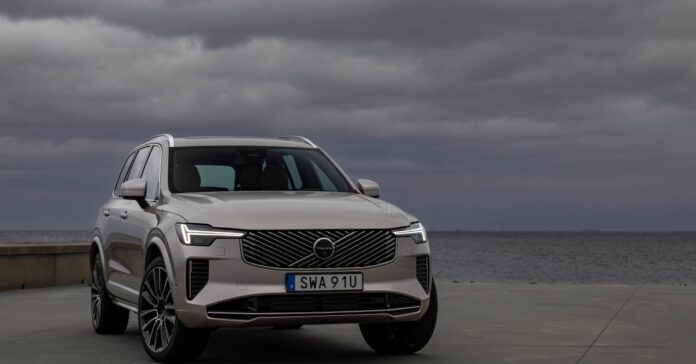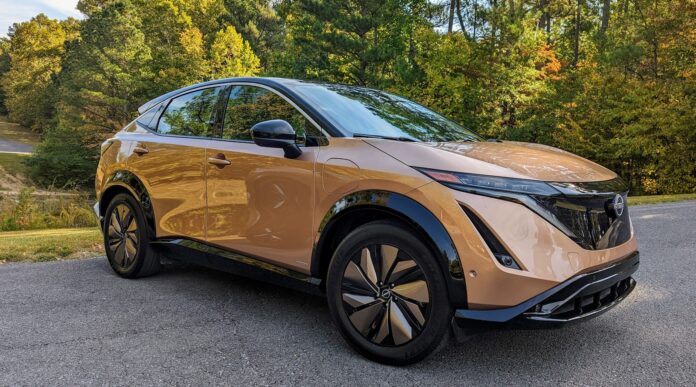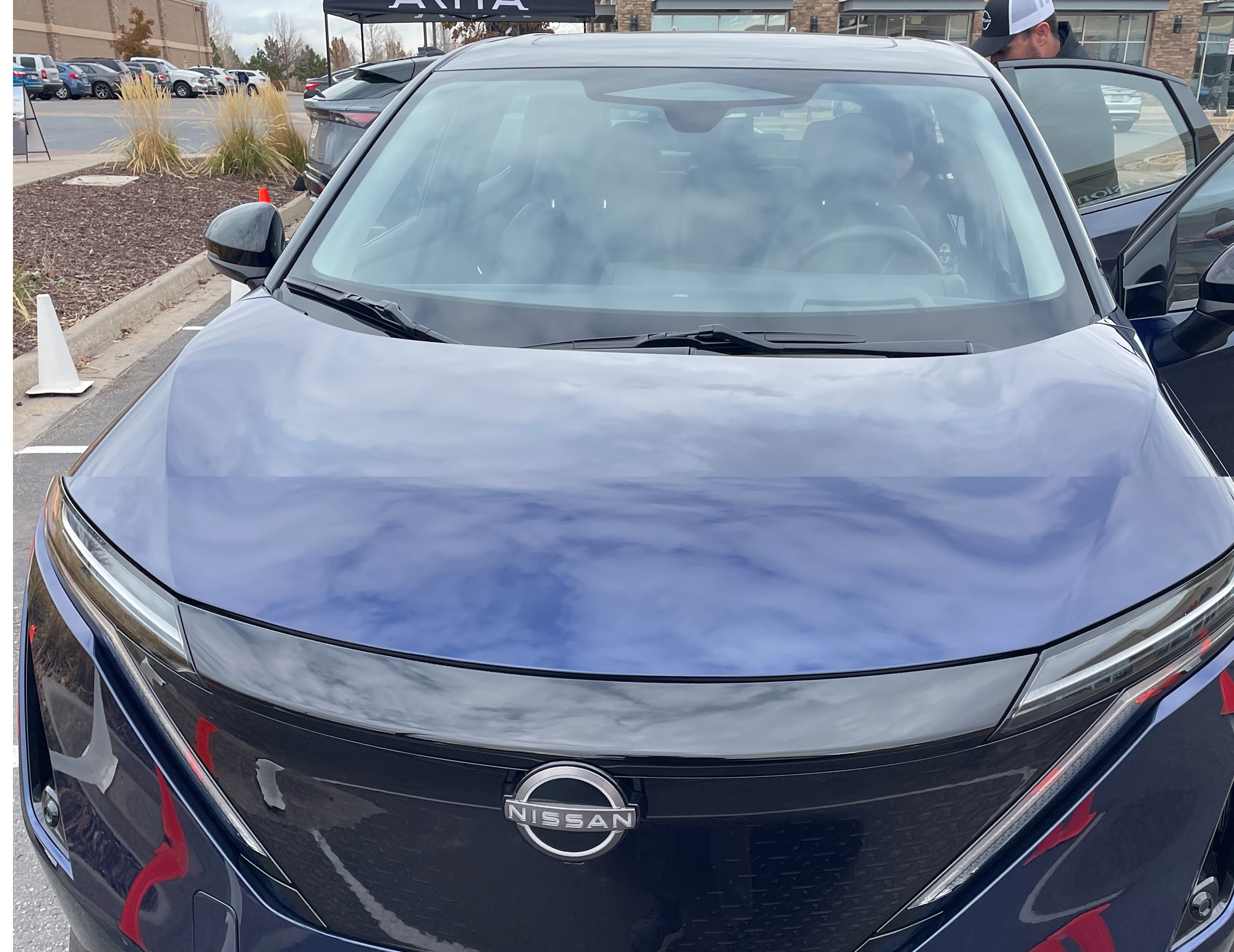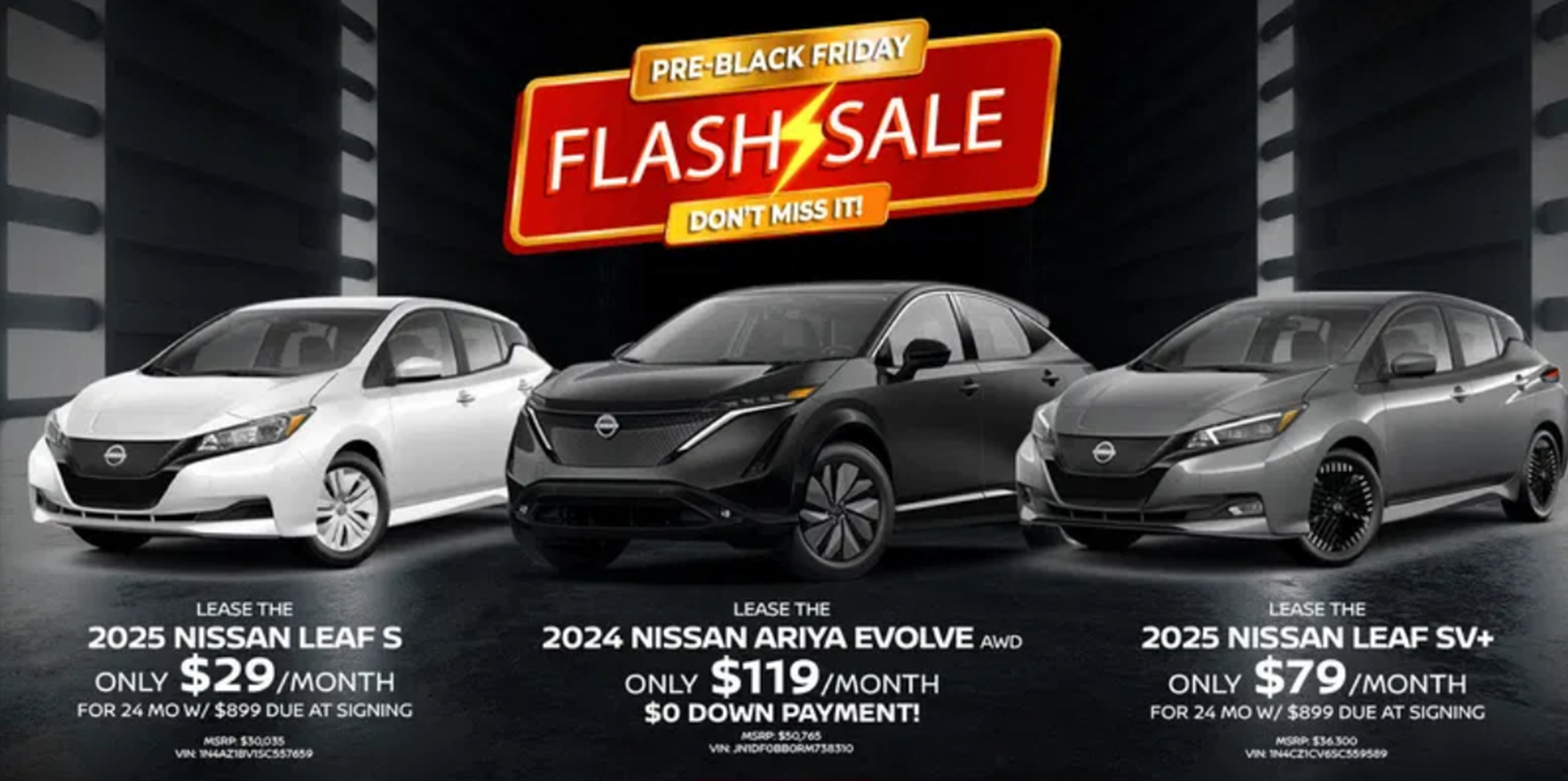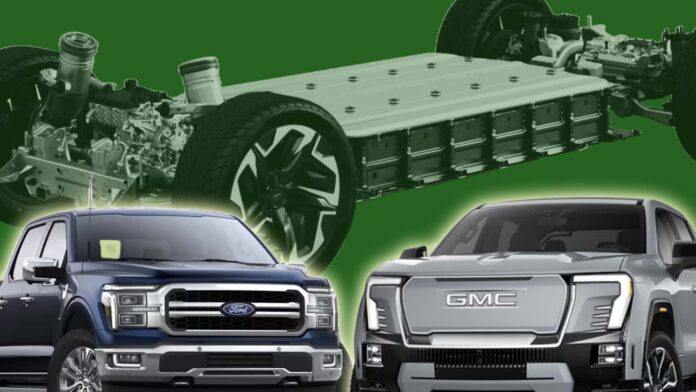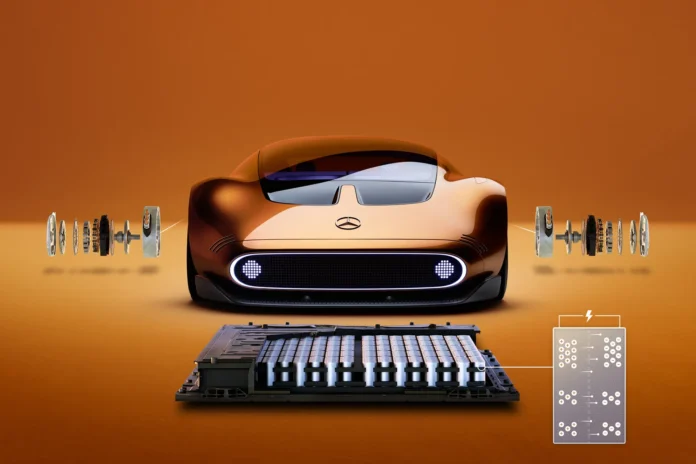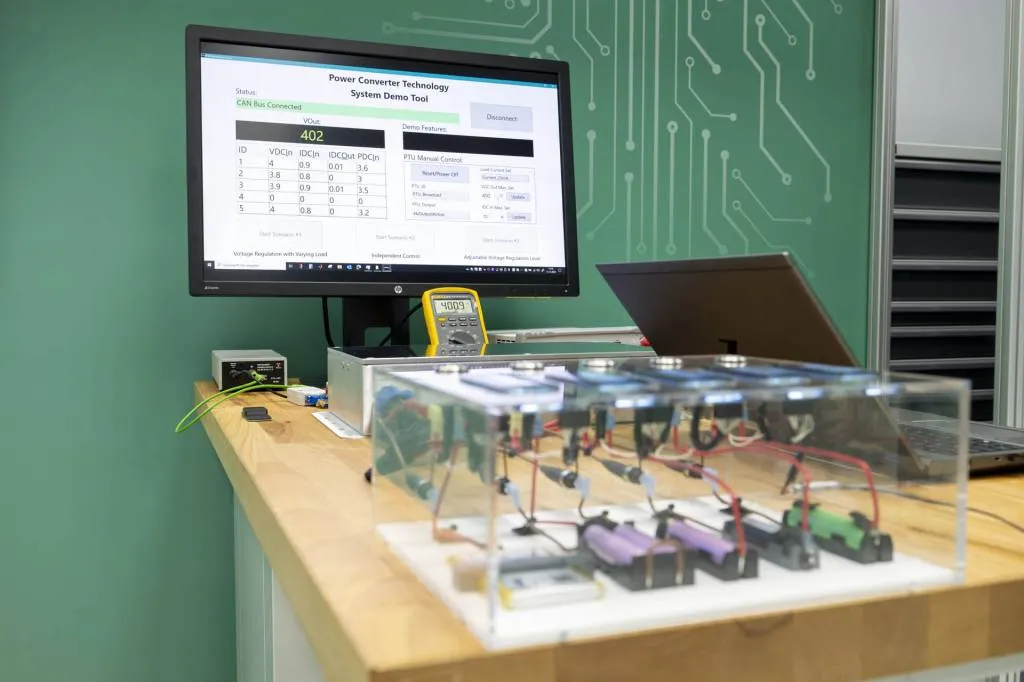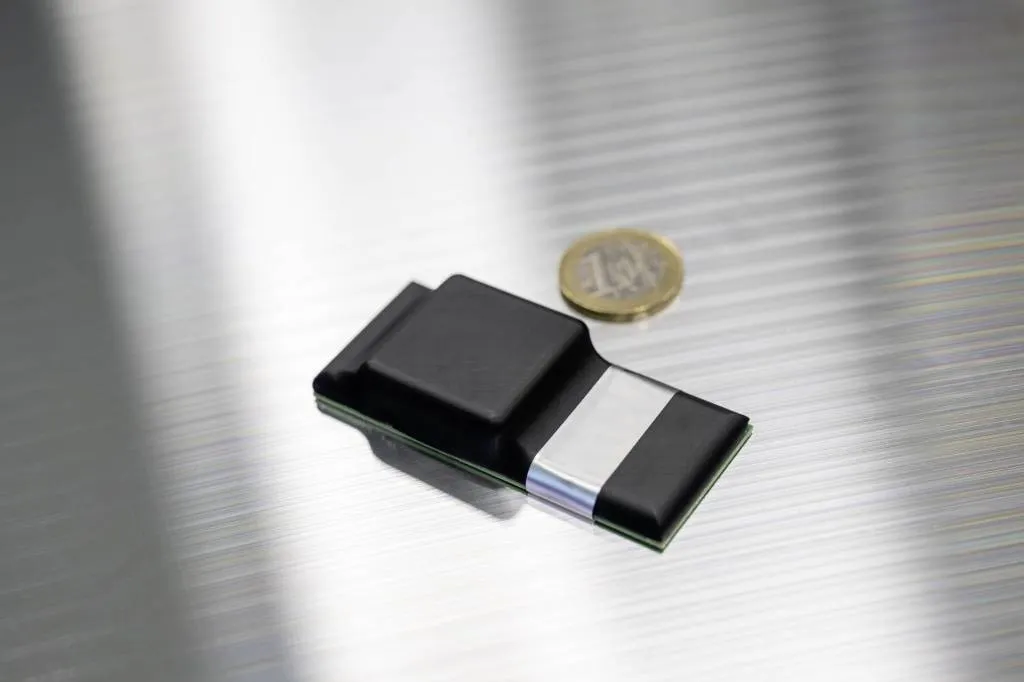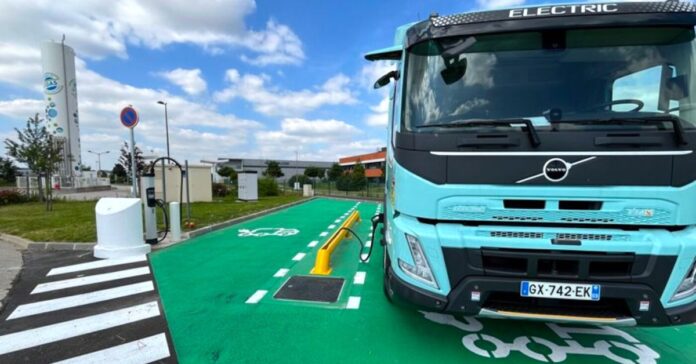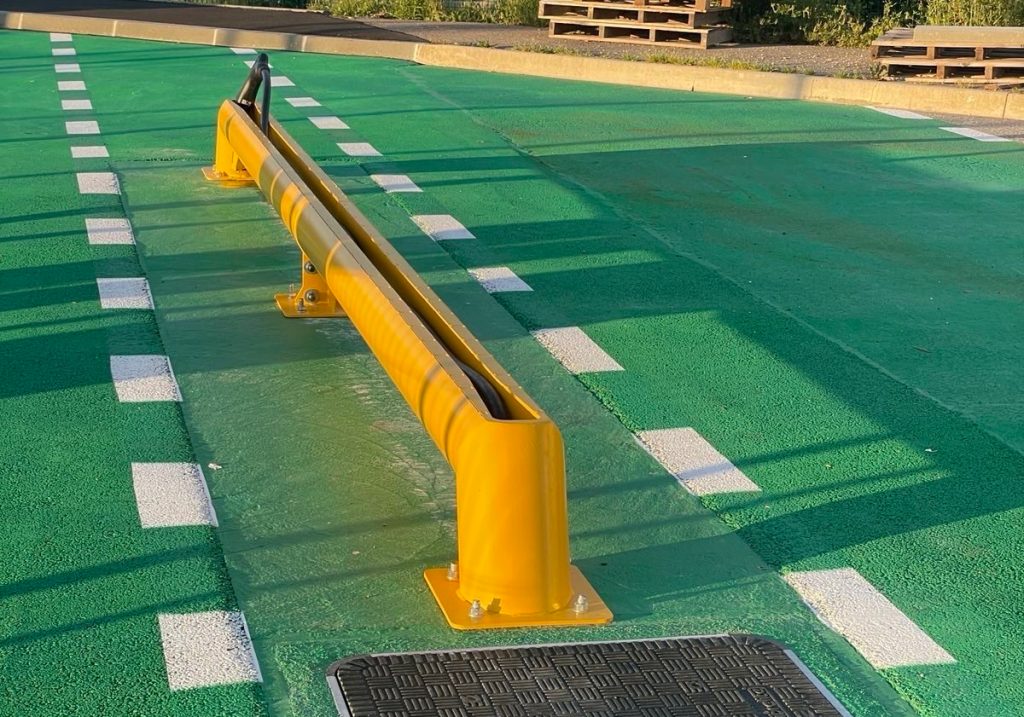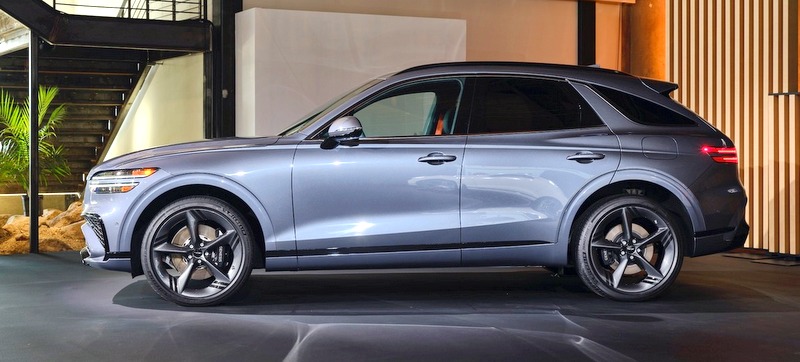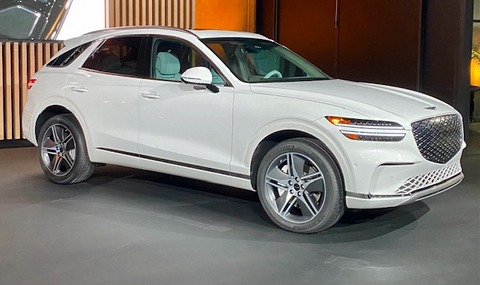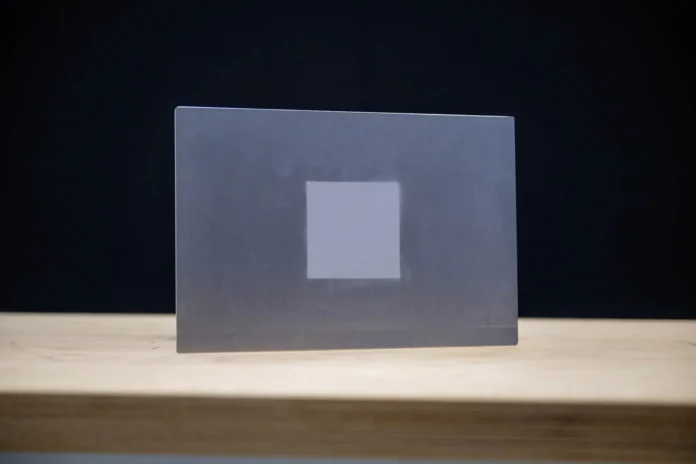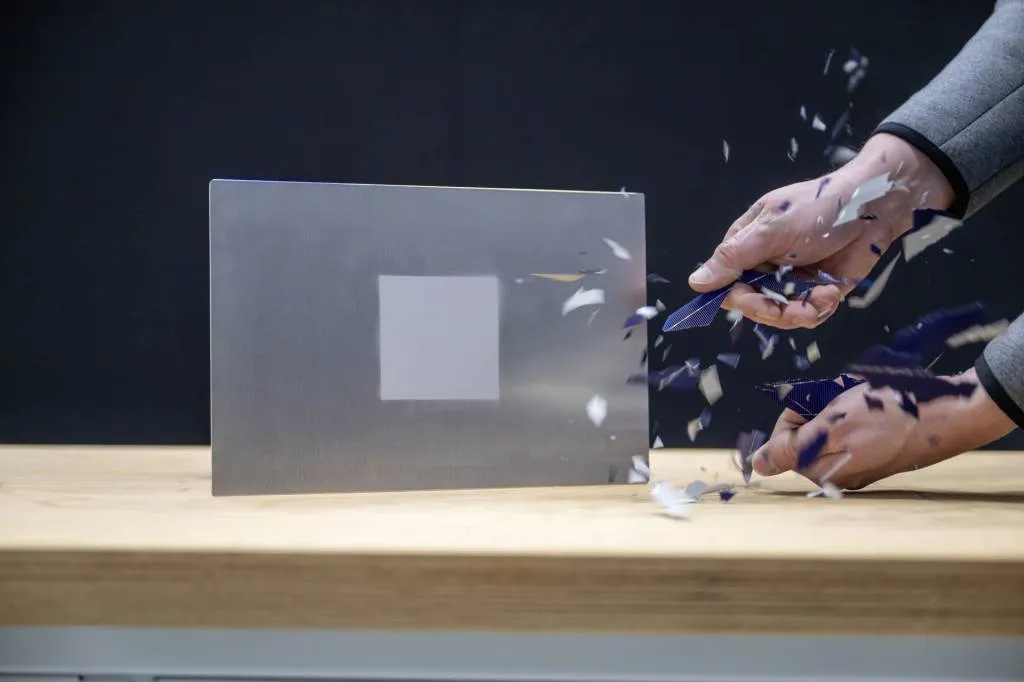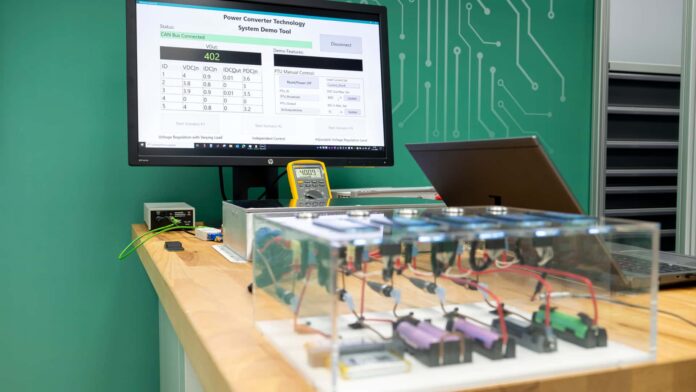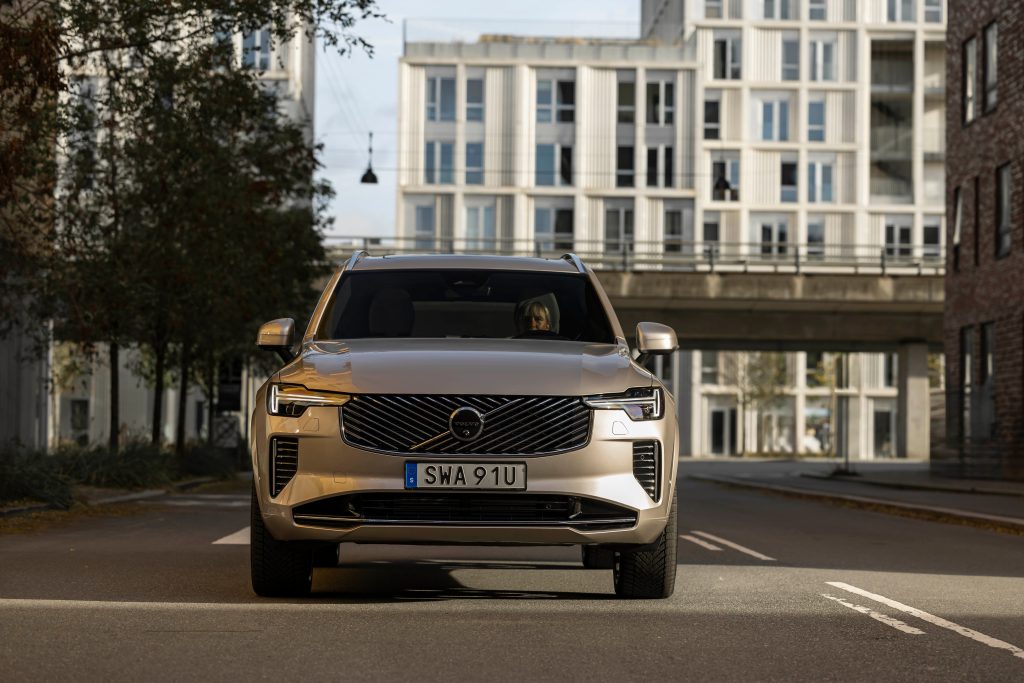

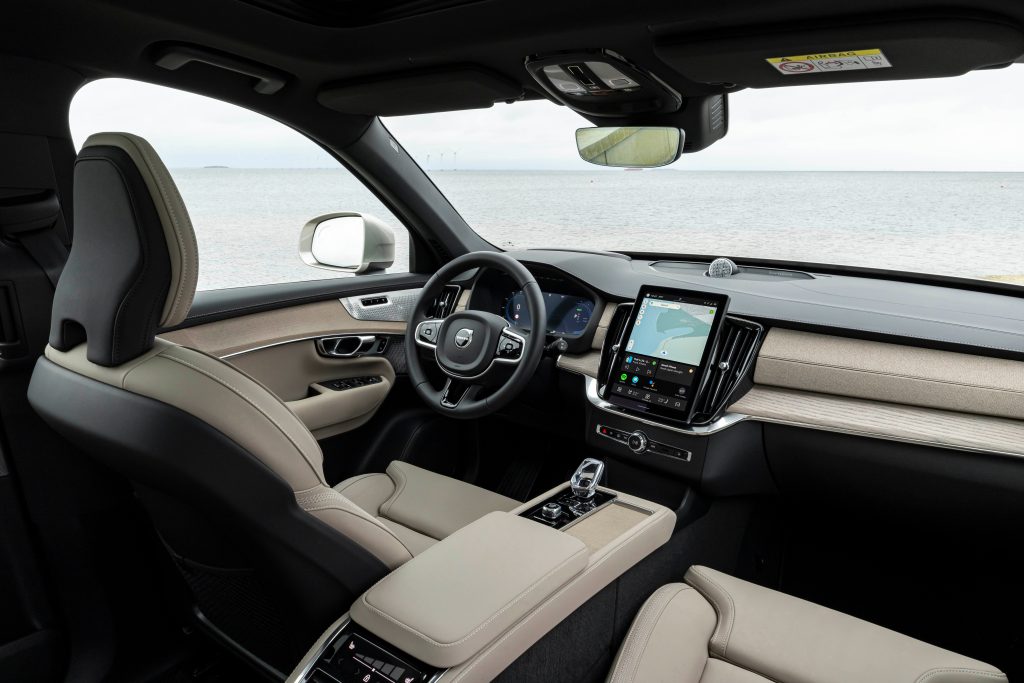
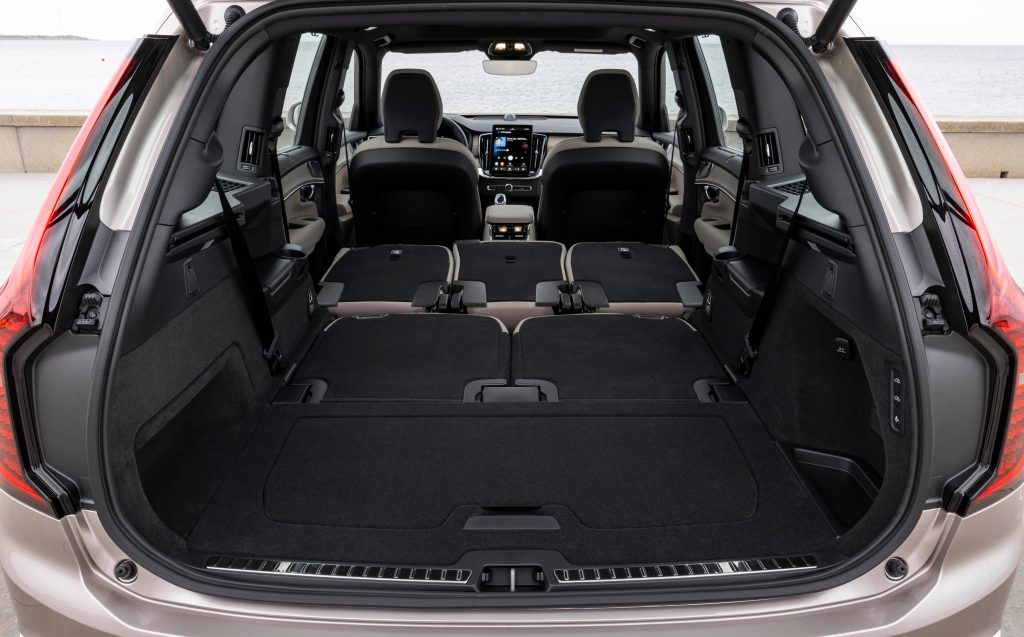

Volvo has been steadily applying its Scandinavian minimalist ethos to its EV lineup, as the all-new EX90 SUV is set to launch in the US. But the brand also wanted to significantly spruce up the EX90’s older sibling, the XC90 – the brand’s most popular vehicle since its debut and the de facto family car for hordes of Americans and Europeans. This month, Volvo invited Electrek to test-drive the revised XC90 on its home turf and experience its new and improved “electrified” functionality. Here’s how it went.
Introduced in 2003, the XC90 was the brand’s first foray into the SUV market. It has been modified in recent years as a hybrid and plug-in, but it’s still the company’s top seller, despite almost a decade since its last full redesign. For 2025, the XC90 comes in three variants: two mild hybrids, the B5 and B6, and a T8 PHEV – which the company says is one of the few plug-ins with a seven-seat option, giving drivers space to haul kids or gear on short daily trips with its limited 33 miles of electric range.
Of course, restyling the XC90 itself after all of this time sidesteps the brand’s original goal of 100% electric cars by 2030. That’s no longer the case, as Volvo has backtracked, as has Mercedes, with a new target of 90% electrified vehicles by the same date. Clearly, that’s not the same thing.

First-drive impressions – safe, comfortable, and very Volvo-esque
Mid-November, Volvo flew journalists out from the US, with me flying over from France to Copenhagen for four days of quality time with the new variants and meet-and-greets with designers, propulsion experts, and interior specialists. From Copenhagen, we paired up in twos for a full day and a half of driving from Denmark across the famed Oresund Bridge on the border between Sweden and Denmark (fans of the Swedish series The Bridge will know it well) to cruise around the mellow Swedish countryside, stopping by fishing villages, a chocolate factory, and into Malmö on a gloomy afternoon, as the sun started to set at 3:30 p.m.

The T8 plug-in – which we drove along with the B5 hybrid – is the brand’s most powerful and efficient of the XC90s, offering 310 horsepower with 295 pound-feet of torque and a 0-to-60 mph time of 5 seconds. It has an inline four-cylinder gas engine with an electric motor and 400-volt three-layer lithium ion 18.8 kWh battery with 14.7 kWh of usable energy. The fact that drivers can do most of their short daily drives on pure electric power is a plus, of course, but you need to put in the time to recharge it. Its 6.4 kW onboard charger takes five hours to go from empty to 100% charged (or 10 hours on an ordinary 120-volt outlet).
As for the test drive, rural southern Sweden is picturesque, but the course itself was flat, unvaried, and sparsely populated except for our roving caravan of some 20 beige SUVs. But we had plenty of time to tinker with the infotainment and the advanced driver assist systems – including loads of state-of-the-art bonuses like intelligent speed assist, pilot assist, parking assist, and a truly incredible head-up display. It also comes with five drive modes, including off-road, but this vehicle is about quiet luxury, not thrill rides.
Of course, testing the electric range was a short-lived experience, so after those 33 or so miles, we spent the rest of the day gas-guzzling via a high-performance four-cylinder petrol engine with advanced e-boost and turbo technology. Honestly, it was hard to feel the difference, and the transition from electric to gas was quick and unnoticeable despite trying out some fast acceleration (smooth as butter) and maneuvering. Plus the interior of the car feels like a cocoon – it’s so quiet. The refresh includes enhanced sound insulation and suspension, so it’s like you’re traveling in a safe, protective Scandi-bubble. And that’s Volvo’s goal.
Exterior refresh – lots of tweaks, new wheels, new color
Looking at the outside of the car, the new XC90’s exterior changes offer a fresh new take on the brand’s “Thor’s Hammer” T-shaped headlights, flanking a new asymmetric grille, layered with the Volvo trademark. The new front sheet metal has seen a few tweakments, with an overall cleaner, fresher look, while the rest of the profile looks relatively unchanged. Of course, a proper refresh comes with a new color and some new wheels, and there are new designs in 20-, 21-, and 22-inch sizes, along with a new red paint option called 739 Mulberry Red. While we tested the “Bright Dusk” T8, the deep Mulberry Red version was on view at a mid-drive event, and it was a nice surprise from the grays and beiges.
The driving experience – smooth, safe, and so very quiet
The most significant upgrade to the XC90 is to the interior, which has been revamped to accommodate an 11.2-inch infotainment screen complete with built-in Google apps. Volvo says it has a higher pixel density and faster response time than earlier versions. Both the EX90 and the XC90 get the latest version of Volvo’s Google-based infotainment system with a ton of updated menu items that, in theory, allow you to gain access to commonly used functions with fewer steps. But do people only want access to opening the glove box via the infotainment system? I guess that’s all part of the minimalism. While Volvo says it is as intuitive as a smartphone, there is a small learning curve if you’re not already familiar with it.

Stepping into the vehicle, comfort is clearly the focus, with Volvo touting it as an “upgraded Scandinavian living room.” It leans into a premium feel without any garish touches, relying on a rich, tasteful, unfettered design. It feels good. New to the XC90 are the tailored dashboard in grained charcoal vinyl and recycled textile decors. Two new stunning “responsibly produced” upholsteries are added, in new bio-attributed leather-free Nordico and recycled-textile Herringbone Weave. And just like the EX90, this vehicle gets the new Bowers & Wilkins speaker mesh for the instrument panel and door panels, and the sound quality of the system is rich and crisp.
T8 Vehicle specs
- Seating capacity: six or seven
- Upgraded powertrain (T8): turbocharged 2.0-liter four-cylinder PHEV
- Horsepower (T8): 455
- Peak torque (T8): 523ft. lb.
- Pure electric range (T8): 33 miles
- Transmission: eight-speed automatic
- Drivetrain: all-wheel drive
- Fuel economy, EPA: 58 MPGe
- Co2 emission, combined: 30 g/km (WLTP)
- Acceleration 0-60 mph: 5 seconds
- Overall length: 195 inches
- Wheelbase: 117.5 inches
- Height: 69.6–69.7 inches
- Width (not including mirrors): 84.3 inches
- Curb weight, PHEV 7 seater: 1,565 lb.
- Maximum towing capacity: up to 5,000 pounds when properly equipped
- Fuel tank capacity: 18.8 US gallons
- AC charging time 0–100%: 5 hours (240v, 16a)/10 hours (120v, 16a
- On-sale date: end of 2024

Final thoughts on the XC90
The new facelift is pretty much that, loads of superficial changes to the interior and exterior, as well as a new user experience and a larger, faster touchscreen. Like the EX90, the focus is on a safe, comfortable, luxurious vehicle to haul kids and loads of gear around, with a few eco-Scandi touches that give it special appeal.
The XC90 competes in a crowded three-row midsize luxury SUV market against the Audi Q7, Lincoln Aviator, and Genesis GV80, among so many others. But saying that, plug-in hybrids like the XC90 T8 in the category are a rare breed, giving you the option to take your daily drives on pure electric before switching to fuel. But with a range of 33 miles, you of course won’t get very far. Plus while Volvo is pushing the seven-seat option, it seemed a bit tight to me, and only optional for kids or very quick trips, not big road trips.
Set to go on sale next month, prices for the B5 mild hybrids start at $58,450, with the XC90 T8 AWD plug-in seven-seater starting at $73,000. Owned by China’s Geely, Volvo tells me that all of its US-bound vehicles will be made in Sweden.
Volvo is targeting the US market for the XC90, followed by China, and thirdly Europe. Size-wise, I guess makes it good for loading up your car at IKEA – in Sweden, we certainly passed many an IKEA and it was tempting. With a pure electric range of 33 miles, I suppose you could make at least part of the trip before having to switch over to gas power. The whole concept is a bit of a conundrum, but Volvo says it is giving the people what they want – a plug-in hybrid that can go the distance – and it’s betting this vehicle will be a big winner for years to come.
Photos: courtesy Volvo
If you’re an electric vehicle owner, charge up your car at home with rooftop solar panels. To make sure you find a trusted, reliable solar installer near you that offers competitive pricing on solar, check out EnergySage, a free service that makes it easy for you to go solar. They have hundreds of pre-vetted solar installers competing for your business, ensuring you get high quality solutions and save 20-30% compared to going it alone. Plus, it’s free to use and you won’t get sales calls until you select an installer and share your phone number with them.
Your personalized solar quotes are easy to compare online and you’ll get access to unbiased Energy Advisers to help you every step of the way. Get started here.
FTC: We use income earning auto affiliate links. More.

Source link by Electrek
Author Jennifer Mossalgue
#Review #Volvos #insanely #popular #XC90 #SUV #full #refresh

